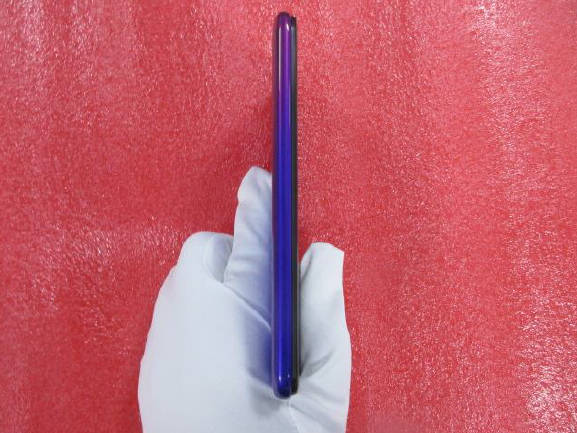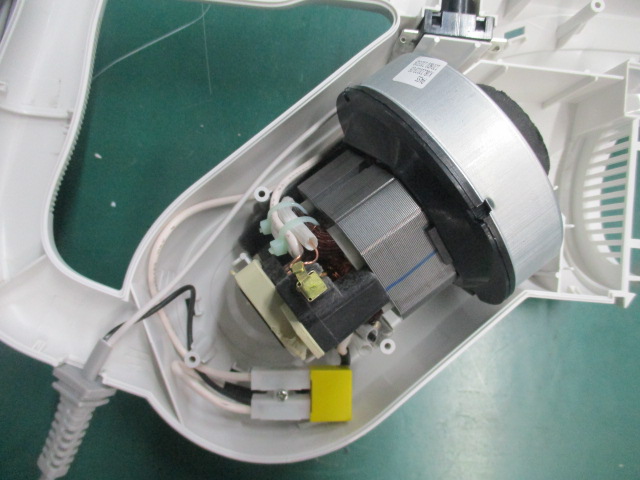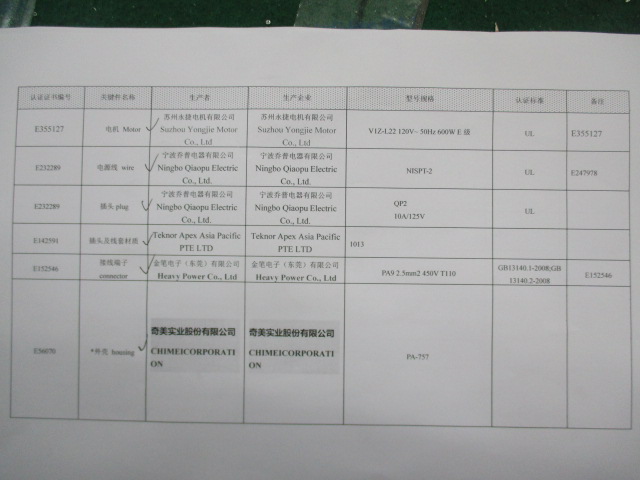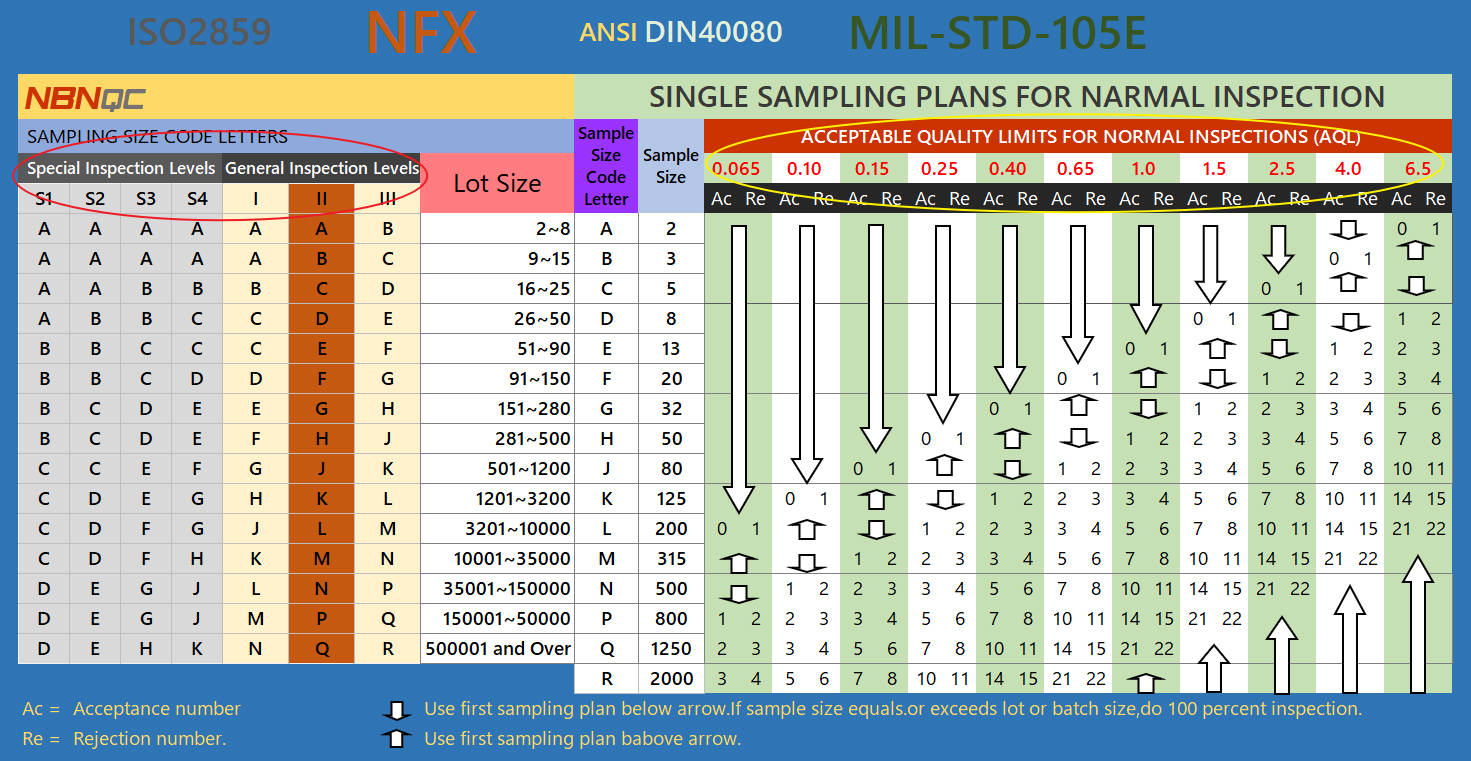We offer Electrical & Electronics quality control services in China
We focus on every critical stage in the production process of products: from rigorous inspection of raw materials, meticulous monitoring during production, to random sampling inspection of the final product. Our expert team can intervene at each critical point of production. Utilizing the most advanced testing equipment, we comprehensively evaluate the performance, safety, and durability of electronic and electrical products.
Tailoring inspection plans to meet the unique needs of different clients, NBN's experts ensure that products comply with the regulations and standards of the destination country while also meeting the broad requirements of the international market. This comprehensive approach to quality assurance enables NBN to provide unparalleled quality control service, ensuring our clients' products are competitive in the global market.
The key points of Electrical & Electronics inspection
Ensuring that all used electronic components and materials meet predefined quality standards before production is crucial. During the production process, the assembly and functionality of the products are thoroughly checked, this may include inspections of welding quality, circuit board layout, and component installation. Once production is completed, electronic and electrical products undergo a series of performance and safety tests to evaluate their durability, electrical safety, and performance consistency.
Appearance, Color, and Dimension
For an effective inspection of electronic and electrical products, it's important to examine their appearance and color from multiple perspectives. Grouping products from various batches together allows for a comprehensive visual inspection and a detailed comparison with the Pantone color chart.
When measuring dimensions, it is not only necessary to measure the overall length, width, and height but also to focus on specific dimensions like the cable length and any size-related specifications mentioned in the manual. This thorough approach ensures adherence to every detail outlined in the client's specifications.
CDF check
Executing a CDF (Construction Data Form) check is a critical part of ensuring that electronic and electrical products are constructed according to the approved specifications and meet all safety and quality standards. It involves several key steps:
Document Verification
Initially, the inspector verifies the authenticity and completeness of the CDF document, ensuring it is the correct version and includes all necessary details such as component specifications, models, and manufacturers.
Component Cross-Checking
The inspector systematically cross-references each component listed in the CDF with the actual components used in the product. This involves checking part numbers, manufacturer details, and specifications against those listed in the CDF.
Compliance Verification
It's crucial to confirm that each component complies with the relevant international safety standards and regulations, as stated in the CDF. This may involve reviewing certifications or test reports for each component.
Supplier Verification
In cases where the component’s origin is crucial, the inspector may verify the supplier or manufacturer details to ensure they align with those listed in the CDF.
Reporting Discrepancies
If any discrepancies are found between the CDF and the actual product components, these are noted and reported. This could include differences in part numbers, manufacturers, or specifications that do not meet the listed standards.
Workmanship
Sampling
The number of samples for random inspection is determined based on the INSPECTION LEVELS requested by the client and the LOT SIZE of the goods. Then, find the corresponding AQL on the table. For example, if the required INSPECTION LEVEL is II, AQL is 0/2.5/4.0, and the LOT SIZE is 5000 pcs, then 200 pcs will be randomly sampled. The acceptable range for the number of defects is Critical 0 pcs/Major 10 pcs/ Minor 14 pcs. If the number of defects exceeds these limits, the goods will be rejected.
(Default: Inspection level II, AQL 0/2.5/4.0)
Quality check
Each sample selected for random inspection is individually examined, and all defective products are identified and segregated. These defective products are then categorized and quantified. This result determines whether the entire batch of goods falls within the AQL (Acceptance Quality Limit) range and is the key basis for deciding whether to accept or reject the shipment.
Classification of defects in Electrical & Electronics
Critical Defects
These are serious defects that pose immediate risks to user safety or product functionality. They often lead to product failure, hazards like fire or electrocution, and non-compliance with legal standards.
Examples include electrical insulation failure, short circuits, critical component malfunction, or severe software bugs that affect safety.
Major Defects
Major defects significantly affect the product's performance or longevity but do not immediately endanger the user.
These can include minor circuitry issues, intermittent hardware malfunctions, discrepancies in power consumption, or moderate software errors affecting functionality. They usually require repairs or adjustments to meet quality standards.
Minor Defects
Minor defects are superficial or aesthetic issues that do not impact the product's safety or core functionality.
Examples include minor scratches or blemishes, color variations, small printing errors, or non-critical software glitches. These defects are typically not urgent but can affect customer satisfaction and perceived quality.
Label & Logo
Ensure that labels and logos are correctly positioned, legible, and free of smudging or misprinting. They also confirm that the information on labels, such as safety warnings, instructions, and brand logos, is consistent with the client's requirements and complies with relevant industry standards and regulations.
Packing & Packaging
Inspectors verify the shipping marks on export cartons, assess the packaging methods, and check accessories, instruction manuals, and inner box printing to ensure they align with the client's requirements. Additionally, they ensure that the packaging is sturdy, well-sealed, and provides sufficient protection.
Common Tests of Electrical & Electronics inspection
-
Capacity check
-
Function test
-
Fatigue test
-
Hi Pot test
-
Earth continuity test
-
Power consumption test
-
Internal safety check
-
Stability test
-
Rub and Adhesive test
-
Pull test (power cord)
-
Carton drop test
-
Barcode scan test




